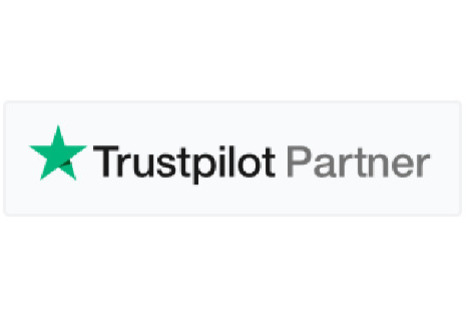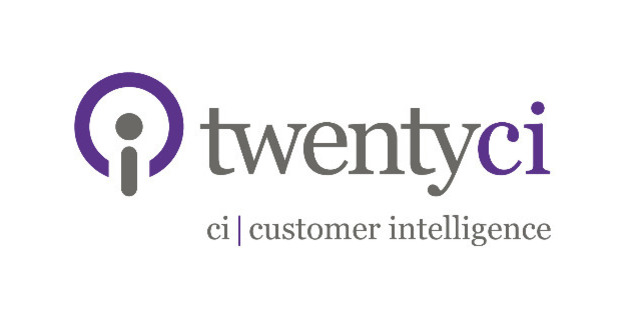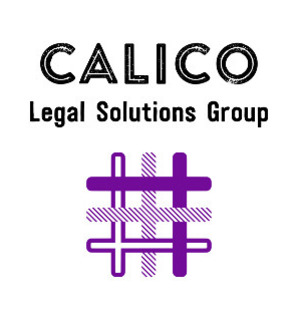TWENTYCONVEY LAUNCHES FOR CONVEYANCING MARKET WITH LEADING-EDGE PROPERTY DATA
Posted on 30th January 2023 at 17:26
PRESS RELEASE
TwentyCi has partnered with Pitsford Consulting to sharpen the competitive edge of conveyancing firms, with the launch of TwentyConvey.
TwentyConvey uses rich data to offer firms’ management teams two distinct advantages. Firstly, it brings client retention schemes to life by alerting firms when former purchase clients newly list their properties for sale. This daily exclusive feed is a vital cornerstone of any firm’s plans to drive and control flows of new instructions.
Secondly, it dramatically improves the market insight that firms currently lack in managing their businesses. New insights reveal the performance of firms, their competitors and relevant geographies to paint a vivid picture of competitive positions and strategic options that inform decision making.







